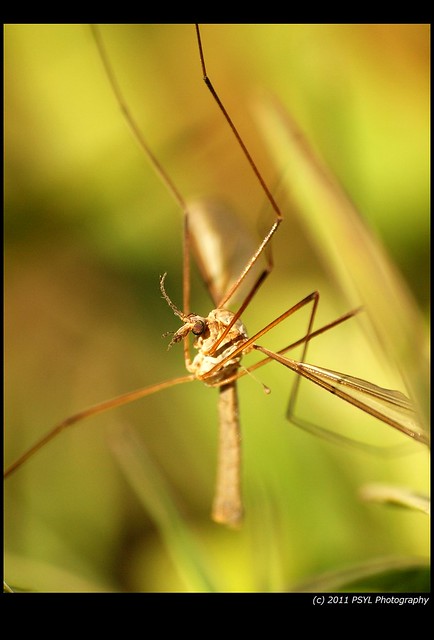
First insect I spotted. A Giant Western Crane Fly (Holorusia hespera), I think, according to my field guide.
 European Paper Wasp that I chased around for quite a while. It wasn't doing much of anything - except for trying to find a spot on the ground where it can enjoy the sun in peace, while avoiding me following it around.
European Paper Wasp that I chased around for quite a while. It wasn't doing much of anything - except for trying to find a spot on the ground where it can enjoy the sun in peace, while avoiding me following it around.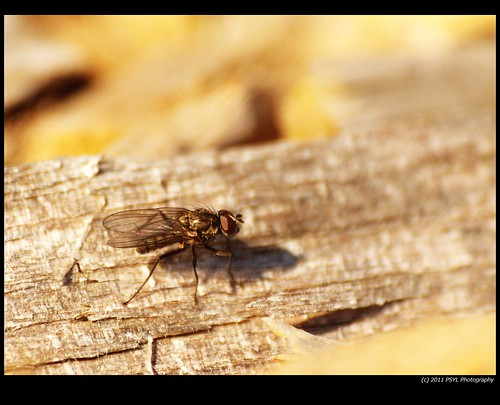
One of the commonly seen flies, perhaps a House Fly (Musca domestica).
 Found this honey bee-like bee in the dandelion, in terms of a striped abdomen, but it was too small to be a honey bee. Maybe a Sweat Bee (Family Halictidae).
Found this honey bee-like bee in the dandelion, in terms of a striped abdomen, but it was too small to be a honey bee. Maybe a Sweat Bee (Family Halictidae).Then I found several individuals of the following species, a large-sized hover fly about the size of honey bee. Family Syrphidae is my best ID.

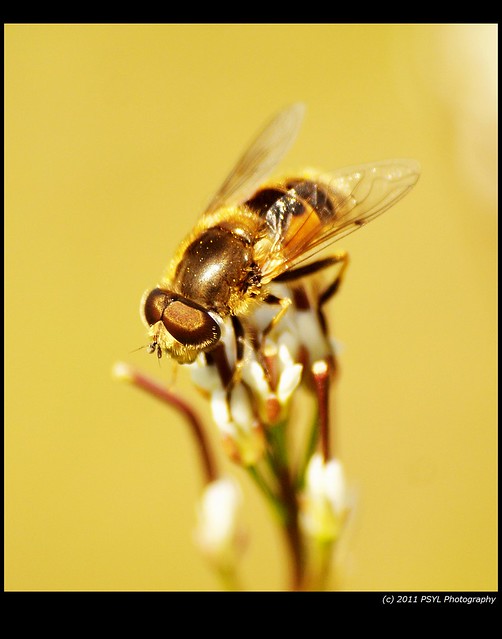
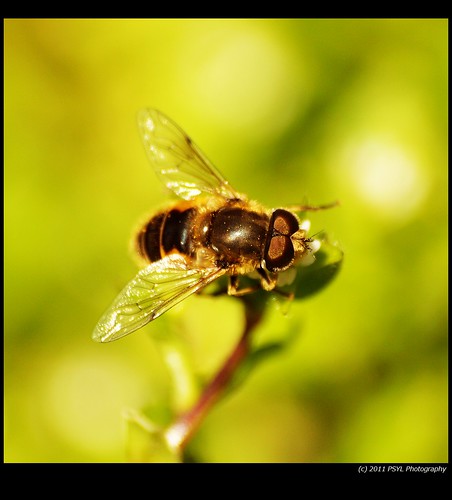
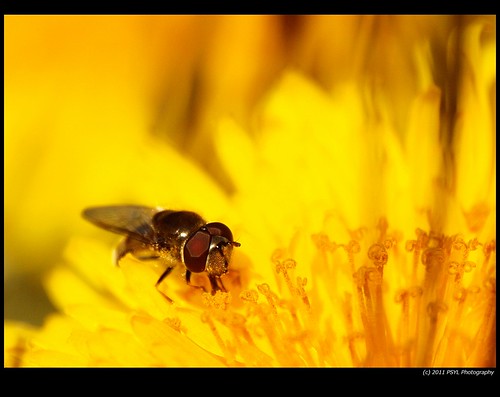
Another hover fly (Family Syrphidae), maybe.
 Finally found a bee! This European Honey Bee was busy foraging the dandelion flowers and look at the pollens all over its body. The pollen made it look like a pale-colored honey bee and seemed to weight it down when it flew from one flower to another.
Finally found a bee! This European Honey Bee was busy foraging the dandelion flowers and look at the pollens all over its body. The pollen made it look like a pale-colored honey bee and seemed to weight it down when it flew from one flower to another.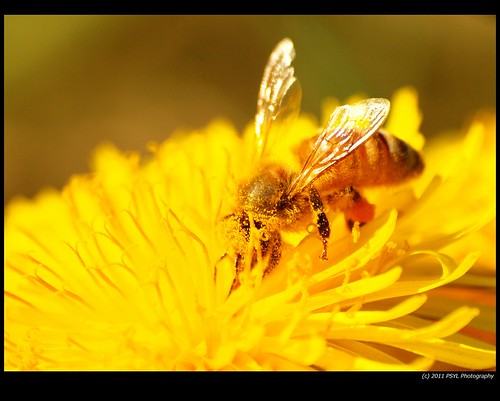
Although dandelions are considered a weedy plant, I wonder how important they are as a part of pollinators' diets when there are no flowering plants around.
Afterwards, I went to London's Landing to check on the Rufous Hummingbird.
 There it is.
There it is. Opened beak.
Opened beak.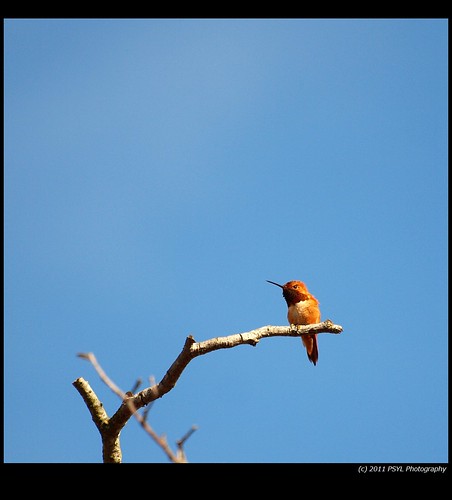
Looking fierce.
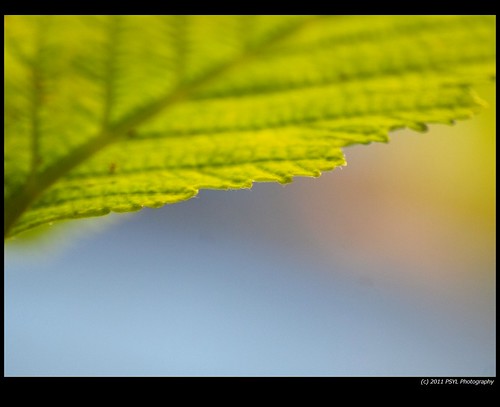
Then I went to the trail next to the railroad tracks. I only photographed this Alder leaf against the blue sky and tree.
 Photographing Magnolia along the way.
Photographing Magnolia along the way.

No comments:
Post a Comment